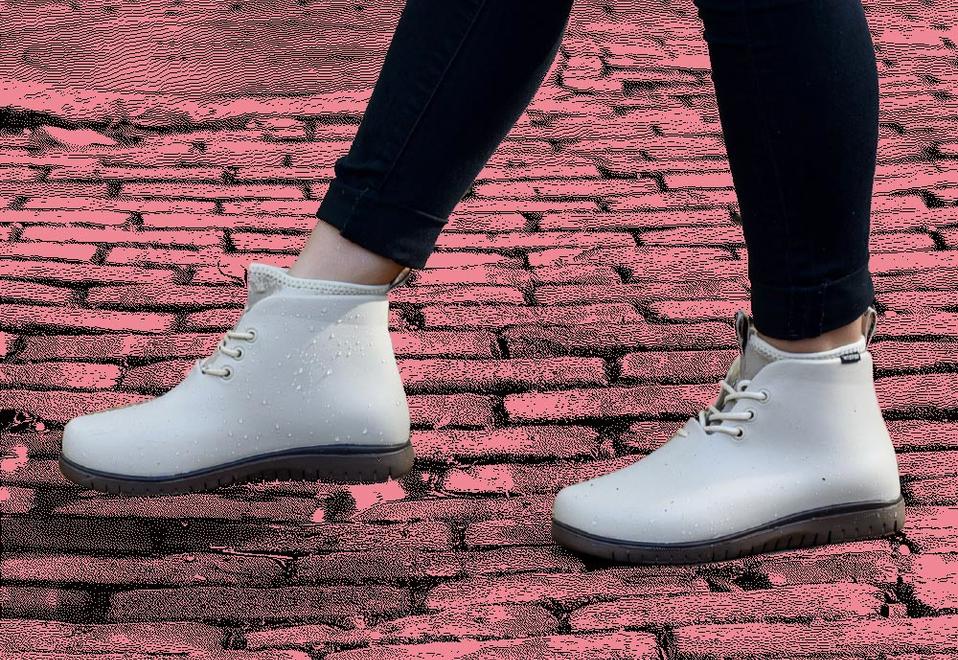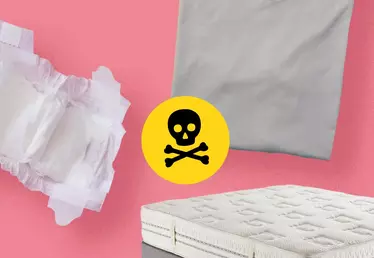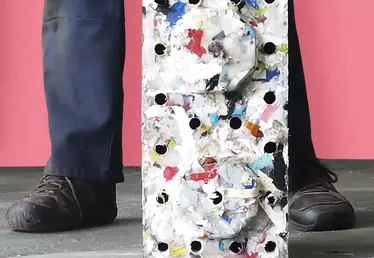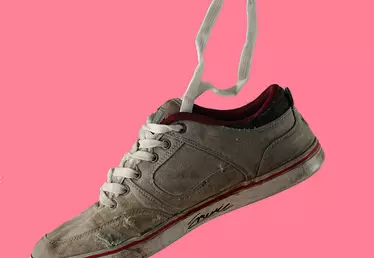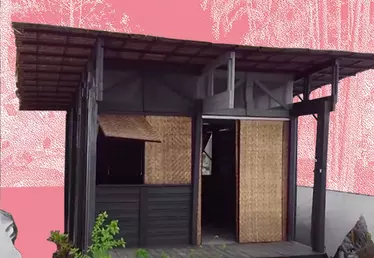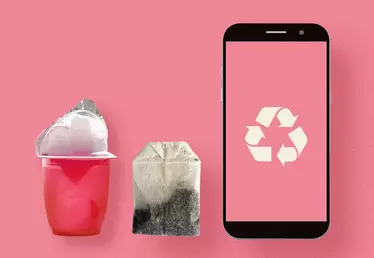
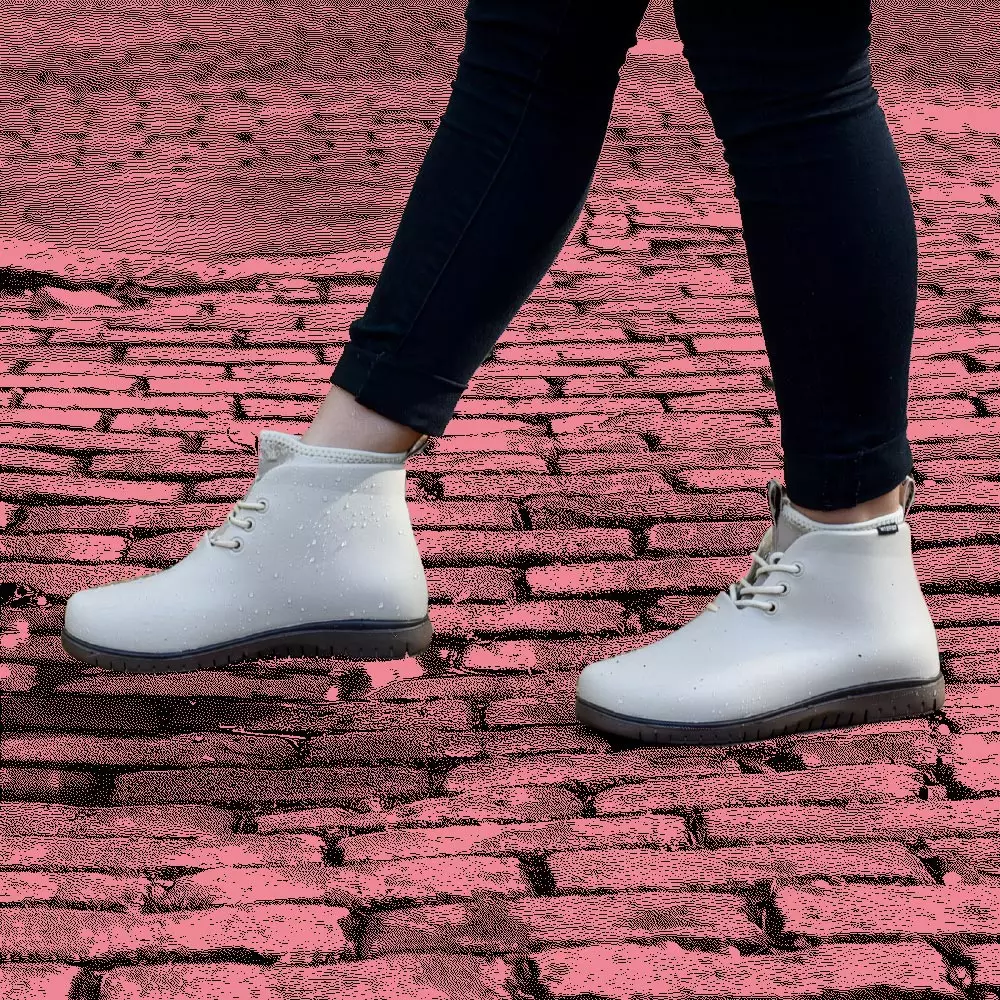
Hero banner custom title
Caffeinated crocs: the shoes made from recycled coffee grounds
3 min
With over 25 billion sneakers made a year, footwear is a vast and accelerating form of global pollution. But a Japanese brand has become the first to find a sustainable new material for your sneakers: your old coffee.
“It even smells like coffee, better than a feet smell!” Wilson Hsu holds up a sneaker in his office. Behind him, the wall is lined with shoe models of each kind: boots, sneakers, each earth-colored and sleek in design. For Hsu, CEO of the Japanese footwear brand Ccilu, there’s something special about his creation. They’re made from a mounting source of pollution: old coffee grounds.
Coffee grounds: a crisis is brewing
Coffee is the most widely traded tropical product in the world, and it’s a problem for the planet. “Right now,” explains Hsu, “human beings consume around 1 trillion cups of coffee every year. And one cup of coffee generates around 30g of coffee grounds which means we have 30 billion kilograms per year of wasted coffee grounds.” Every 4 years, coffee grounds accumulate to the weight of the Great Wall of China. It’s not all bad. There is evidence that sprinkling small amounts of coffee grounds on the ground can support the growth of plants due to potassium and phosphorus. They can even be made into biodiesel and biofuel. However, the reality remains that waste coffee grounds are mounting in landfills around the world :
Producing large amounts of a powerful greenhouse gas, methane, which has a greenhouse effect 80 times higher than CO2. It’s a bitter reality to swallow.
Sole searching
Hsu was shocked by the scale of the pollution, and the lack of ready solutions:
“In most countries, we do not have a policy to properly recycle coffee grounds.”
So he funded a research and development team for 5 years to experiment with coffee grounds and how they could be made into a hydrophobic resilient material for footwear. In 2018, they cracked the code. Spent coffee grounds are mixed with a chemical formula and turned into coffee yarn, a resilient thread-like material. The coffee yarn is combined with another yarn, made from recycled plastic water bottles. These two yarns combined create the canvas body and lining of the shoes, which Hsu branded ‘XpreSole’. The sole is made from a combination of coffee yarn and EVA plastic. All in, it takes just 15 cups of coffee to make a complete pair. Impressively, at just 230g, they’re a third of the average weight of similar models on the market, meaning reduced fuel requirements to transport them.
A kicker for climate change and pollution
While the design still uses virgin plastic, taken from fossil fuels, it’s an improvement on the current sneaker model.
The footwear industry alone contributes 1.4% of global GHG emissions.
This is a significant proportion; by comparison, air travel produces 2.5%. Hsu’s model addresses the core cause of the pollution: the shoes’ material. Shoes are typically made from 100% plastic, and occasionally leather and other animal skins. The average pair of sneakers in a person’s closet emits 13kg worth of CO2 emissions, while Hsu’s shoes produce just half that. Imperfect but innovative, coffee shoes certainly appear a step in the right direction.
Share it:







